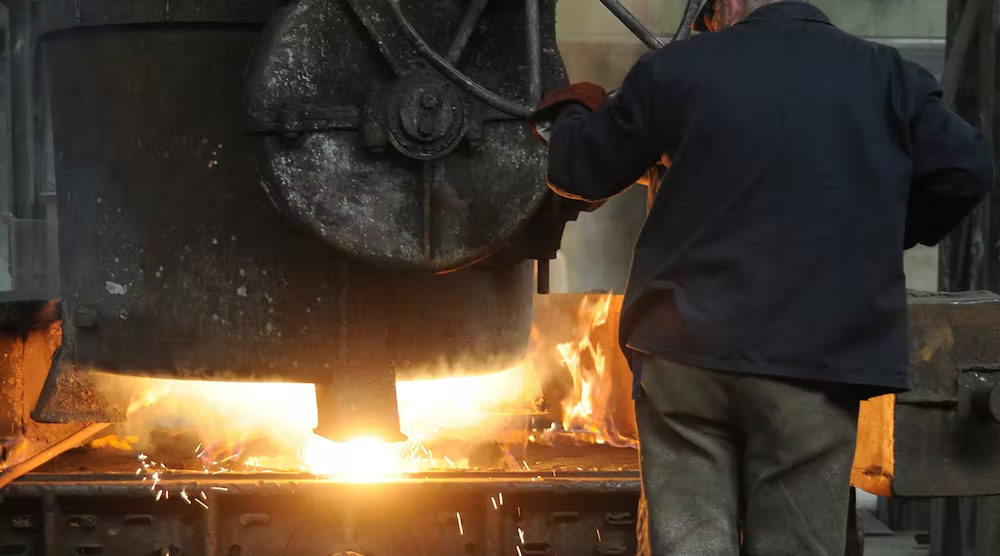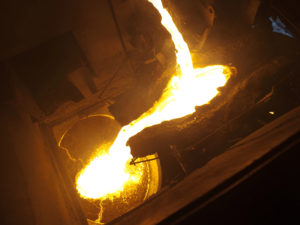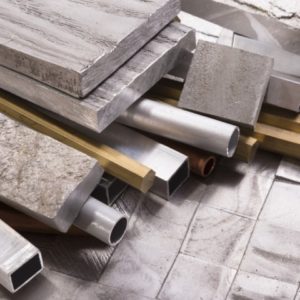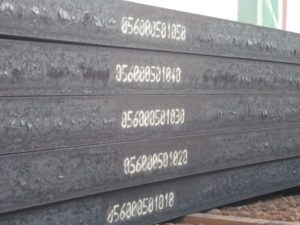The development of high-quality iron castings begins with melting processes and techniques. You control how it is melted, giving you the final call in determining its quality. Everything depends on you.
Molten iron contains desirable and undesirable elements. In a ferrous foundry, you control both of these.
From the scrap metal that is the raw-material source for much of the melt come residual elements like chrome, manganese, nickel, aluminum, etc., that may compromise the quality of finished castings. The effects of these elements can be offset at times, but scrutiny of their presence must be the foundry’s top priority. Everyone involved in the iron-melting process is responsible for controlling the levels of carbon and silicon levels in their melted heats. It’s their daily duty.
In practice, very few foundries make the effort to control the critical, free-oxygen level in molten iron heats. Free-oxygen levels have remained an unknown, quality-compromising factor in the molten iron matrix. Very tiny amounts of free oxygen, measured in parts per million (PPM), have a significant influence on the iron melting process and the finished quality of iron castings.
You control the presence of free-oxygen atoms in the molten iron. Those oxygen atoms come from iron oxide (FeO) present in the slag that forms a cover atop the iron bath. If iron oxide exists in the cover slag, free-oxygen atoms will be transferred to and exist within the iron bath. Because you must control free-oxygen levels you must eliminate iron oxide in the slag.
Once oxygen atoms enter the molten iron bath, nothing can be done to stop the oxidation process. In addition, molten iron exposed to the atmosphere instantly forms iron oxide, so atmospheric contact must be avoided. You accomplish this by establishing a full cover-slag barrier atop the bath.
Cut off the supply of those free oxygen to the bath by eliminating iron oxide in the cover slag.
You can create an FeO-free slag simply by adding DeOX Metal Treatment to the slag blanket. DeOX mixes into the slag and chemically reduces any iron oxide present — effectively stopping oxidation losses and the multiple extenuating issues instigated by free-oxygen atoms.
Decisive steps are needed to address years of inaction that has been the norm for ferrous foundries. It has long been the case that oxidation losses are accepted as inevitable; refractory erosion was tolerated as standard operating practice; crusty slag was the norm; “green poling” cover slag was OK; poor fluidity was a fact of life; poor machinability could not be avoided; inductor-loop plugging always occurs; casting scrap due to oxide floatation surface defects could not be avoided; and so on. The technology is available to you to change all of it. DeOX Metal Treatment is proven effective, but you must take the step improve the quality of iron cast, and change the direction of your foundry operation.
Read more: A Molten Iron Improvement Strategy







